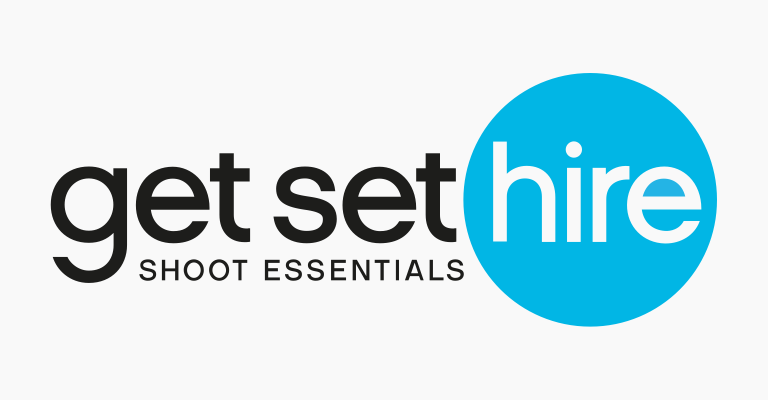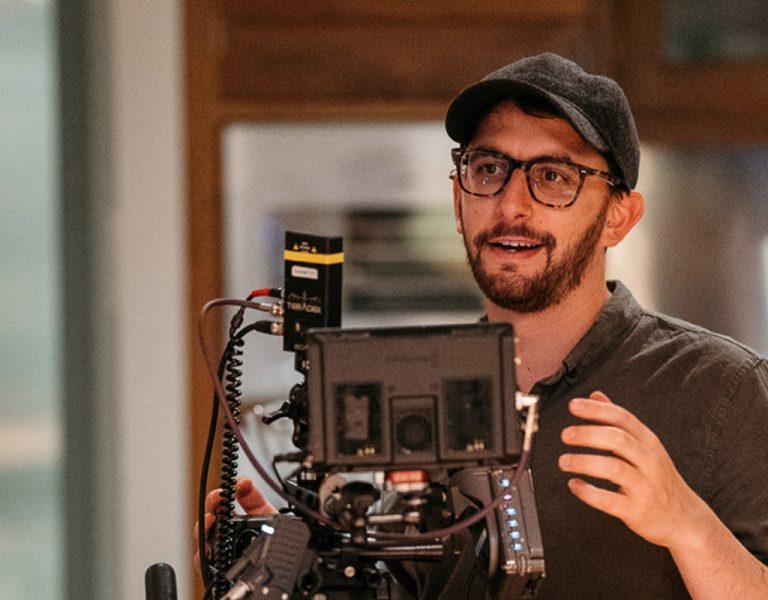Introducing the first sodium battery designed and built for the motion picture and television industry.
We all know that the motion picture industry has a significant environmental footprint.
Tentpole productions had an average carbon footprint of 3,370 metric tons (approximately 33 metric tons per shooting day) between 2016-2019, while large films averaged 1,081 metric tons and small films averaged 391 metric tons [reports The Sustainable Production Alliance].
When it comes to film and TV productions, fuel consumption in production vehicles and generators accounts for the largest portion of greenhouse gas emissions, representing 48% to 56% of emissions for films and 58% for scripted TV dramas.
Here’s an eye-opening fact: burning one litre of diesel produces 2.6 kg of CO2 and 49 g of NOx, both harmful to the environment and crew health.
Diesel may be in its dying days and with internal combustion generators phasing out, the future of production belongs to batteries.
But there’s an urgent problem here too. Most production gear has evolved over the years, but portable power has remained stuck in the fossil age.
“We built our business on lithium products and nickel products, and we know the devastating effect it really does have on the environment,” says Andrew Hutton, head of products, Anton/Bauer. “We hold our hands up because you can’t just look the other way. Our customers and stakeholders are all far more educated than they used to be when it comes to technology, especially batteries.”

Power consumption is coming under scrutiny as companies look to meet Environmental Social Governance (ESG) policies. This is particularly acute in film and TV where gaffers and DPs all the way up to exec producers are increasingly cognisant of reducing carbon footprints. Many projects assign ESG advisors to keep a production’s feet to the fire.
“Productions are actively seeking out the least environmentally impactful equipment to produce with,” says Hutton.
That’s where the Anton/Bauer 9kWh Salt-E Dog comes in.
It’s the first sodium-based battery designed and built for the modern cine industry. Using sodium chemistry, Salt-E Dog delivers consistent, reliable power that is cleaner and more environmentally safe than fossil fuel or lithium solutions. With no noise and no pollution, it helps productions deliver on sustainability pledges and maintain quality standards without compromise.
Let’s rewind a little. How did we get here?
Lithium-ion battery (LIB) technology has been the dominant battery technology of the last decade, but technology using salt has been around for about five decades longer. Sodium, which has similar properties, was pushed to the back of the pile in favour of investment in lithium from the 1980s onwards.
But development in sodium never stopped and has recently resurfaced in part because of its unique safety aspects.
Big investments in sodium battery tech are already being made by major manufacturers. This year, sodium batteries from China’s CATL, the largest battery manufacturer in the world, have appeared in cars.
While replacement power for diesel generators on media productions can be made with lithium battery energy storage systems (BESS), sodium-powered BESS options have arrived as an alternative. Salt-E Dog 9kWh has claimed the spot as the media industry’s first production-ready all-sodium battery, and there will be more to follow.
Carbon offsets
In a face-off with fossil fuel generators sodium will always win the green card. Burning one litre of diesel generates 2.6 kg of CO2 and 49 grams of NOx, which are harmful to the environment and people. But Salt-E Dog generates zero harmful CO2 or NOx emissions, so you can use Salt-E Dog for eight hours a day and save up to 11,800 Kg of CO2 and 222 Kg of NOx per generator per year.
Put another way: Using Salt-E Dog offsets greenhouse gas emissions, allowing productions to offset 2.6 kg of CO2 and associated NOx per litre of fuel saved. Being emission free means greater location flexibility for your production.
The sodium cell is 100% recyclable, making it a sustainable choice, it also has a much lower GWP rating than lithium-ion batteries, at only 62.68Kg CO2 eq/ kWh.

Safest on set
In the dynamic world of motion pictures and television, safeguarding your people is priority number one. The sodium cell technology in Salt-E Dog delivers the safest and most secure production experience of any battery let alone fuel.
You can safely place the unit near equipment, in vehicles, or even with talent with no risk of thermal runaway or fire. Thermal runaway is an inherent risk with other types of battery where, to put it simply, the cells warm up, fail to shut down to cool off, and catch fire or explode with next to no means of putting it out. With Salt-E Dog you eliminate the need for fire marshals on set, and water trucks, and win a lower insurance premium.
Robust and reliable
It’s crucial to have a reliable power source that ensures maximum protection and minimises the chances of expensive mishaps. This aspect is sometimes overlooked when planning energy requirements for a film shoot, resulting in a potentially pricey oversight. Just as Anton/Bauer makes no compromise with safety, so the unit is IP55 rated – exceeding that of most fuel generators and beating most ‘lithium’ solutions to provide reliable weatherproof power. Its pure sine wave output means no risk of dirty power causing damage to sensitive equipment.
Whisper quiet
Near silent operation means no time-consuming ADR work. Plus, its quiet operation allows it to be placed closer to your set, lights, and other equipment. The sodium-based power source is the perfect way to create a healthier and more pleasant environment for your cast and crew.
Simple and versatile
With the Salt E Dog’s 28-volt and 40-volt DC, 16-amp XLR outputs you can run your high-power lighting equipment directly with no power supplies or ballasts. This means you can strike off even more cables and minimise your setup time. With no need for an electrician to run cables it also means more members of crew feel comfortable using the Salt-E Dog when needed.
It’s the perfect off-the-grid or on-the-go power source for your production, thanks to its robust construction and portable design. Recharging is possible from a range of convenient sources, including grid power, solar PV, and Level 2 EV charge points.
Sodium itself also has an incredibly long lifetime. While a lithium battery will naturally expire due to use over a short lifespan a sodium equivalent will last a quarter of a century. That means less dumping of unrecyclable toxic chemicals into the environment.

Green your scene
Since debuting at Cine Gear 2023, Salt-E Dog has been used on numerous productions including Fox Sports coverage of the World Series and is in use right now by an international streamer.
In the next few years, the power mix is going to become highly diversified, depending on the assets and requirements of each geography and economy. But battery power is going to be essential for the global transition ahead. Sodium is likely to make that transition cheaper, safer, and more sustainable.
The future of on-location clean energy
Director and Emmy award-winning cinematographer Jody Eldred chose Salt-E Dog to power on-set lighting, Small HD monitors and more to shoot a trailer for his latest project, The Wilderness Way, a cowboy drama set in Texas.
“Switching to Salt-E Dog instead of noisy generators was great… it was dead quiet, easy to plug in and start working with,” Eldred reports. “You can have it as close to the talent as you want. This was a huge benefit.”
They were shooting in 80-year-old building with questionable power and running big lights through windows to simulate sunlight. Eldred says, “We looked at the breakers with the maintenance guys and quickly decided against house power. Salt-E Dog powering everything on set was the answer and saved us tremendous amounts of complexity, time, and money.”
“When we shoot the series, we might have to have a couple of Salt-E Dogs because we’ll have longer shoot days and more equipment and we could already have one at the next location, and then when one gets low on power, we can switch over to the other and recharge it. We’re now very spoiled with power options!”
–
Words: Adrian Pennington



















Comment / Amelia Price, chair, sustainability committee, PGGB